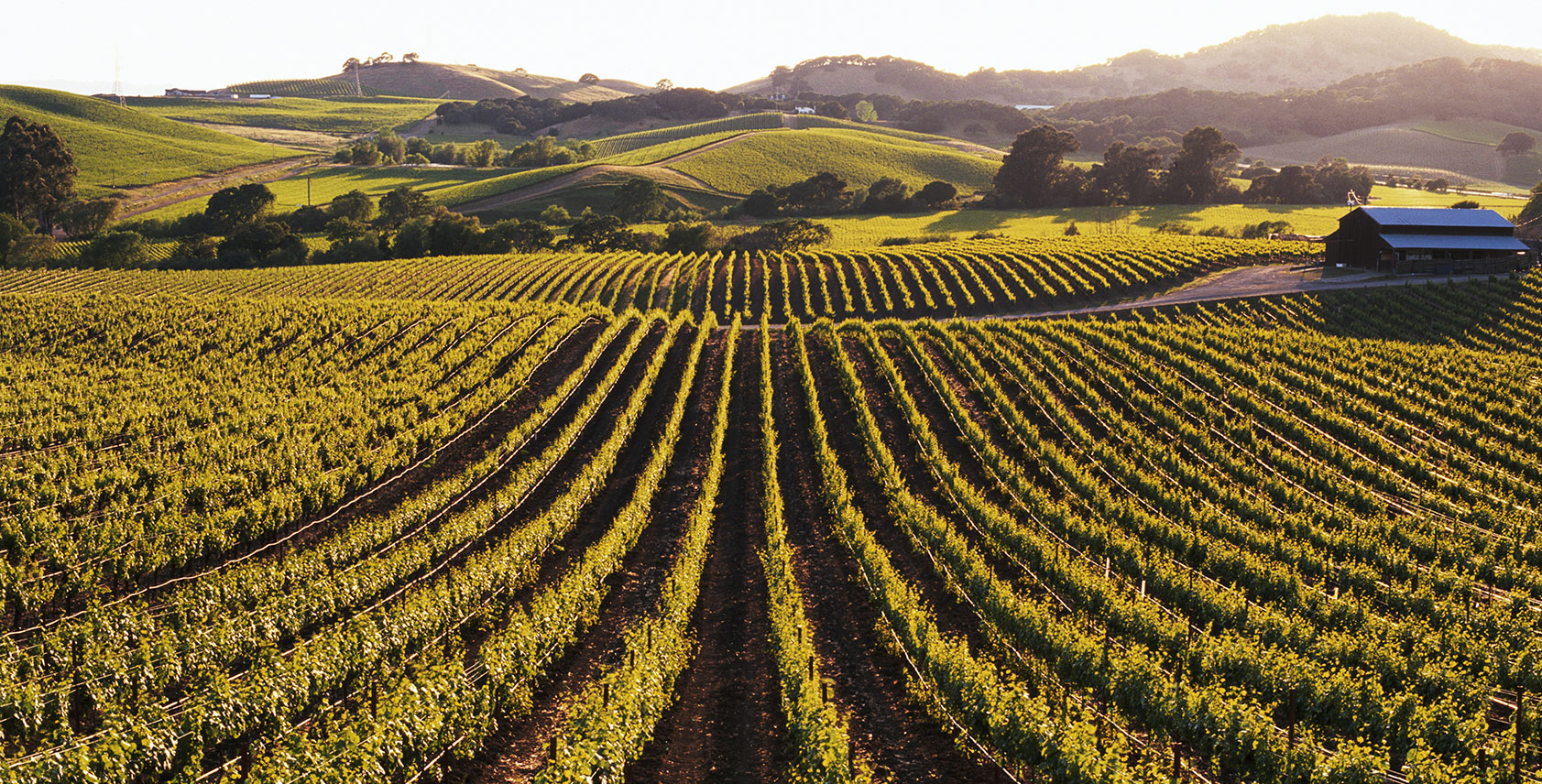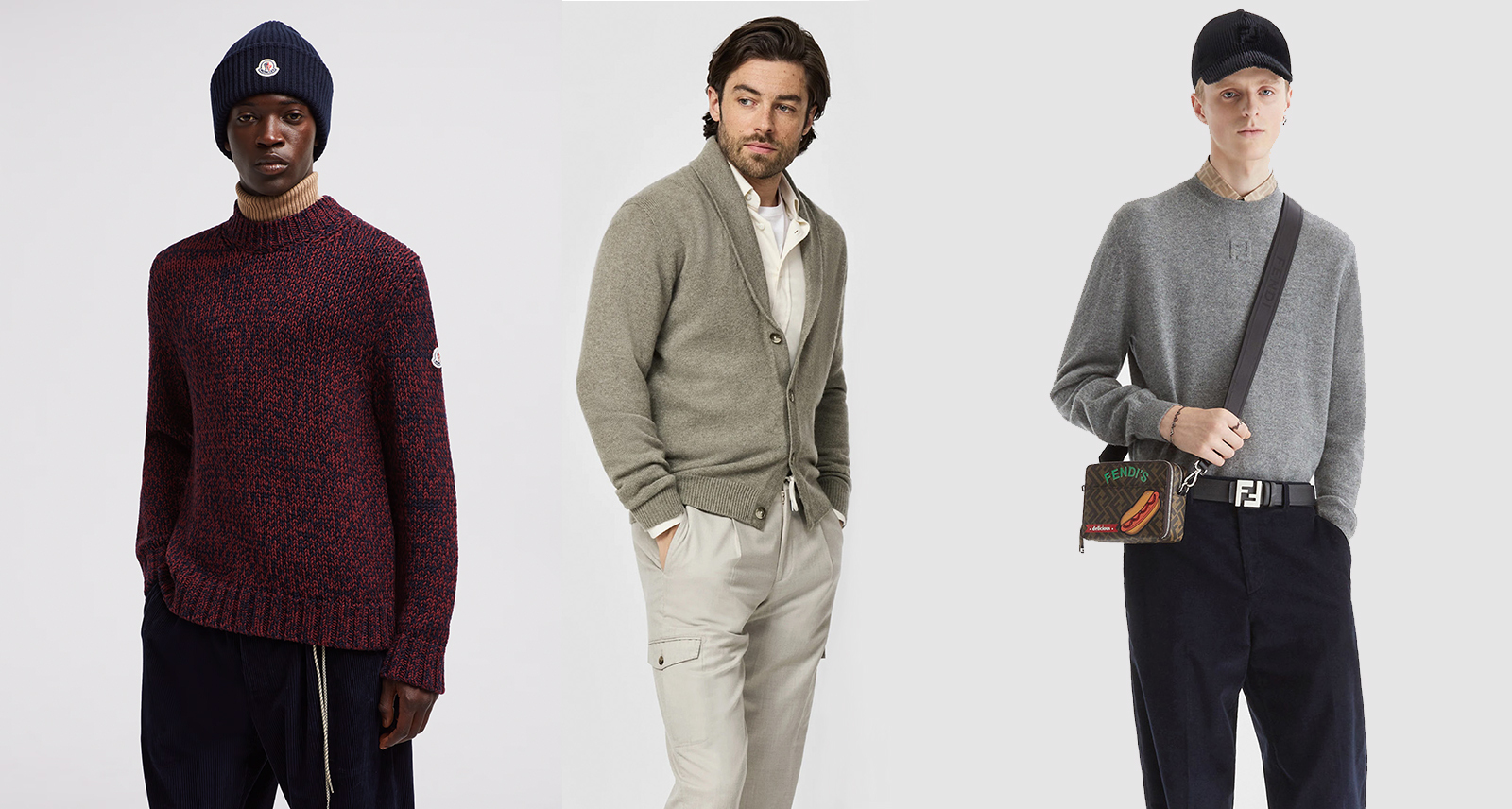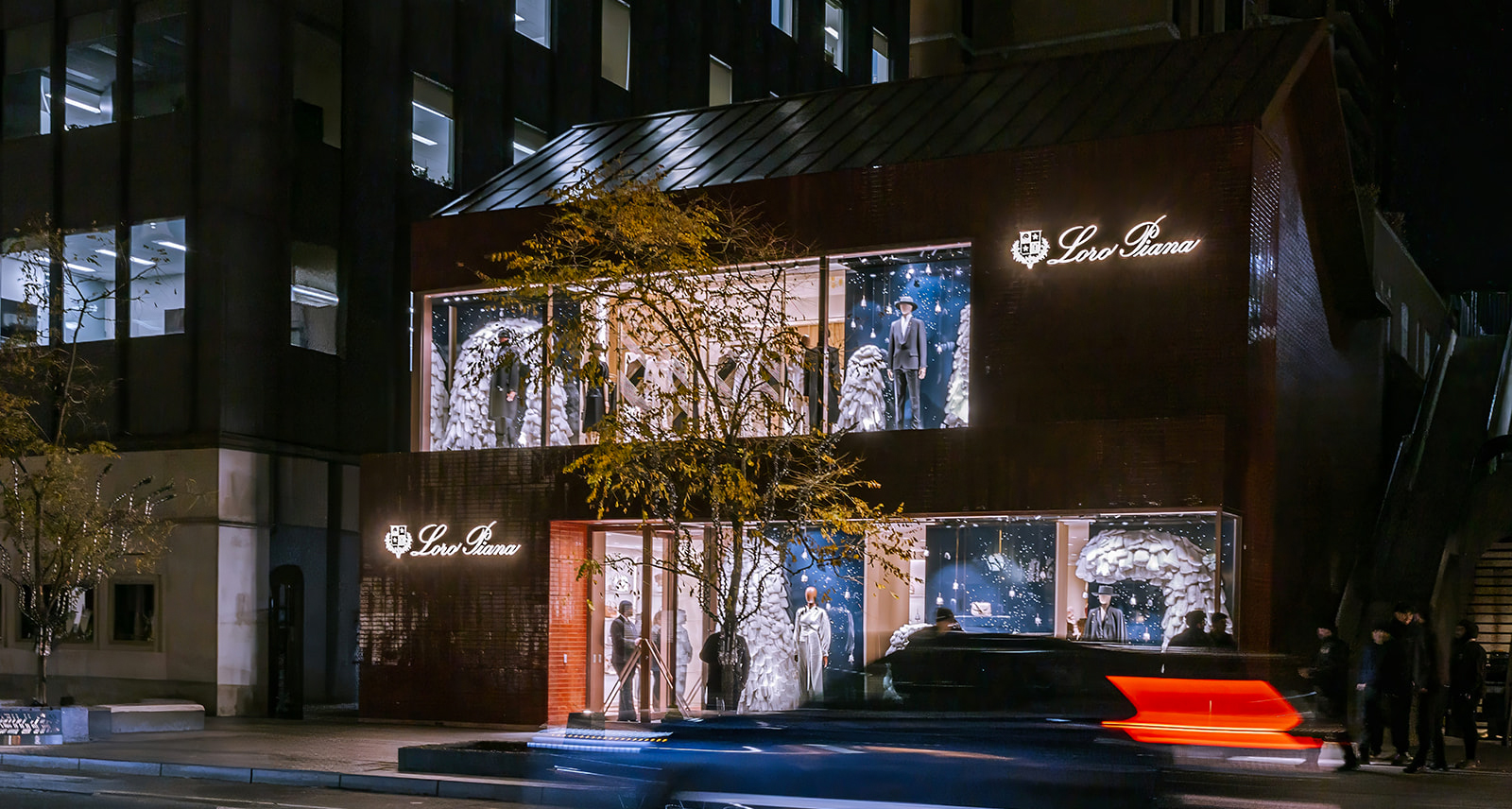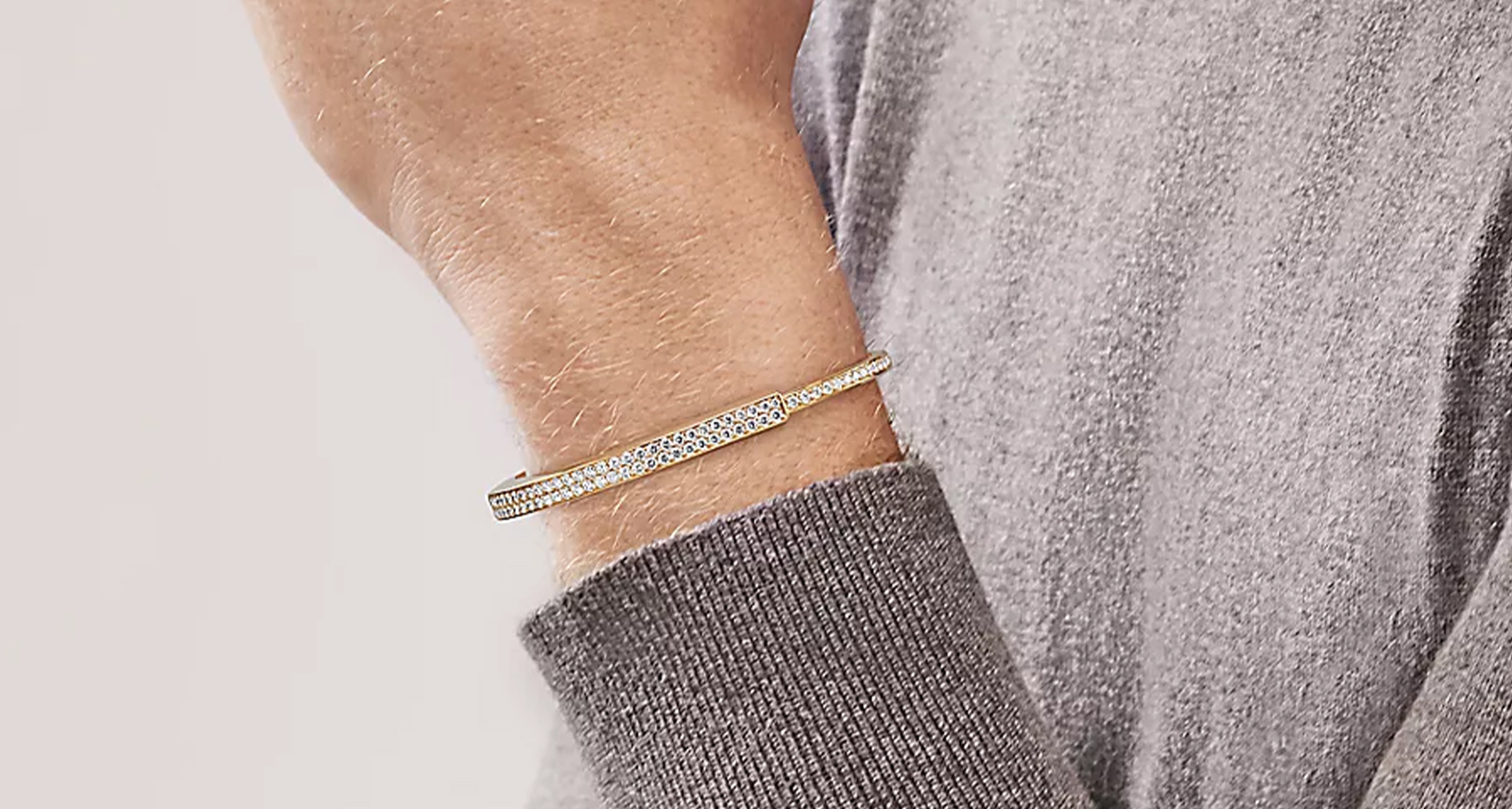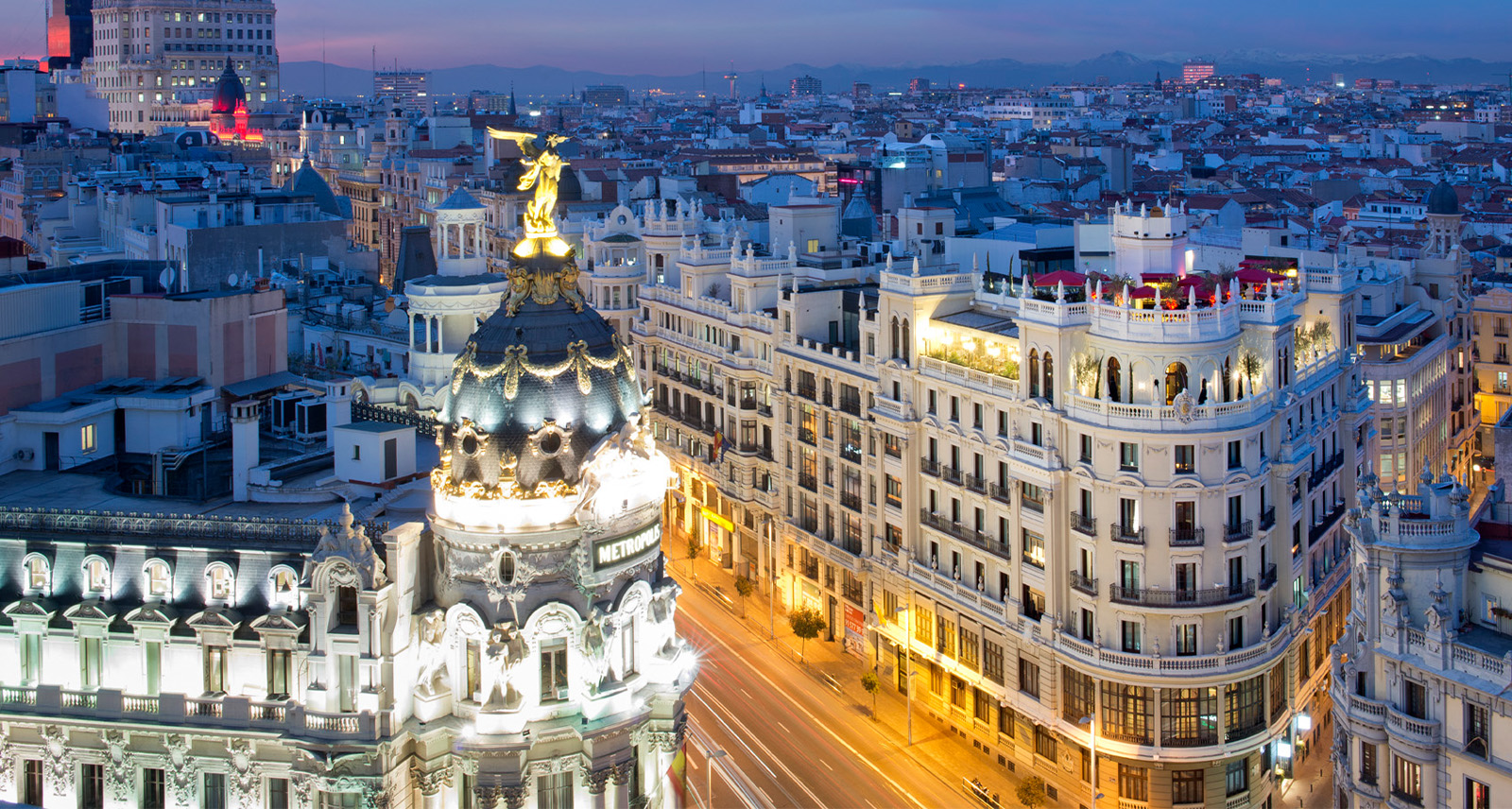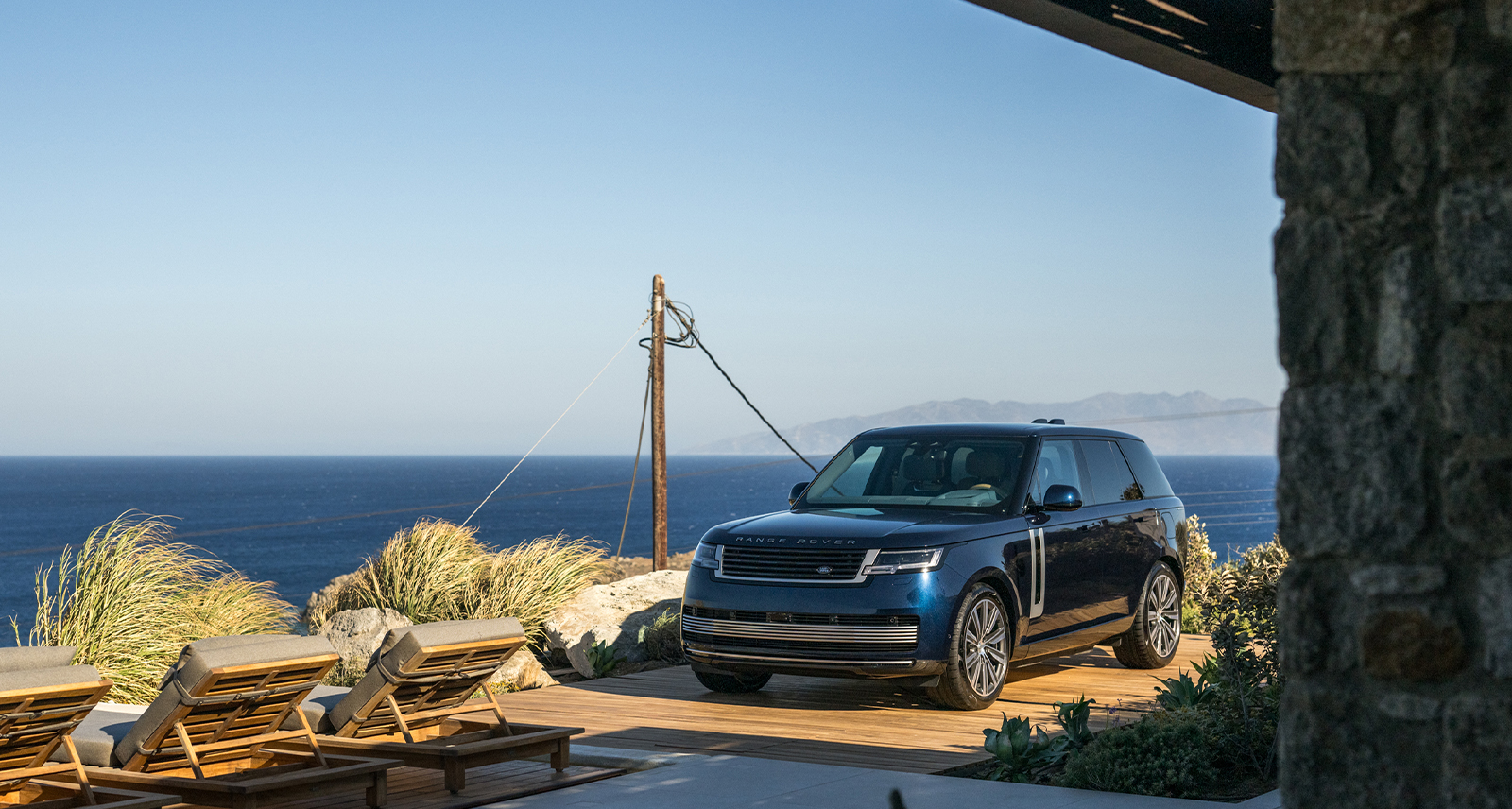Napa Revisited: Californian Wine Is Having a Moment (Again)
The thick blanket of fog lifts as we cross the Golden Gate Bridge. The sun’s broken through by the time we reach the outskirts of Calistoga. Acorn and palm trees stand sentry on the side of the road, long rows of grapevines run in parallel lines up against the flanks of lush mountains, and all around, signs mark the entrance to legendary wineries: Mondavi, Shafer, Silver Oak, Spring Mountain.
These are the producers that gave me my first taste of wine beyond occasional sips of Blue Nun and surreptitious glasses snuck from boxes of Domaine D’or.
I’ve travelled to many of the world’s great wine regions since then, but this is my first time in California, and my timing couldn’t be better; 2016 marks the 40th anniversary of the Judgement of Paris, a wine event that changed the industry forever.
In 1976 a British wine merchant named Steven Spurrier organized a blind wine tasting in Paris that would pit 10 of the best bottles from Napa — five cabernet sauvignon and five chardonnay — against 10 exceptional French wines from Bordeaux and Burgundy. Spurrier, an importer of French wines, had a vested interest in seeing the French do well, as it would increase the value and prestige of his wines and keep the upstart Americans from elbowing their way onto high-end restaurant wine lists. Spurrier assumed, as nearly everyone did, that the legendary French chateaux would dominate.

Chateau Montelena, Napa Valley, California
It wasn’t even close. The 1973 Stag’s Leap Cellars, the winery’s first-ever commercial vintage, took top spot in reds. Napa’s Chateau Montelena, who were only making chardonnay to maintain cash flow while they waited for their red grapes to come in, won the white category. It’s hard to overstate the impact this had on the wine world. These wines practically no one had heard of, from a region no one took seriously, had just bested legendary wineries like Chateau Mouton Rothschild, Chateau Haut-Brion, and Puligny-Montrachet, the wines that were the global benchmark for the best of the best. A classic cinematic underdog story, was, not surprisingly, made into a film, Bottle Shock, in 2008, starring Bill Pullman.
The Judgement put Napa on the map but also made it synonymous with those two grape varietals. I’ve come here to find out, four decades later, what the lasting effects of that contest were and to discover the new producers who are determining where Napa goes next.
And I’m doing it in style. The hotel I’m staying at, the Solage, in Calistoga has a fleet of brand new Mercedes parked out front for guests to take out for a spin. Minutes after checking in, I’m back on the road in a 450 horsepower SL550 roadster racing south with the top down.
I won’t divulge exactly how fast we’re going, but fast enough that my wife in the passenger seat goes from thrilled and delighted to borderline terrified. I ease off the gas, but we are in a bit of a hurry. All year long Napa is celebrating the anniversary of the Judgement, and I’ve got an invitation to a special tasting organized by the two original winners.
We pull into the long driveway, meander past some of the most pampered grape vines in existence and meet up with Matt Crafton, the winemaker at Chateau Montelena. Crafton wasn’t even alive in 1976 but is now responsible for crafting one of Napa’s most legendary wines.
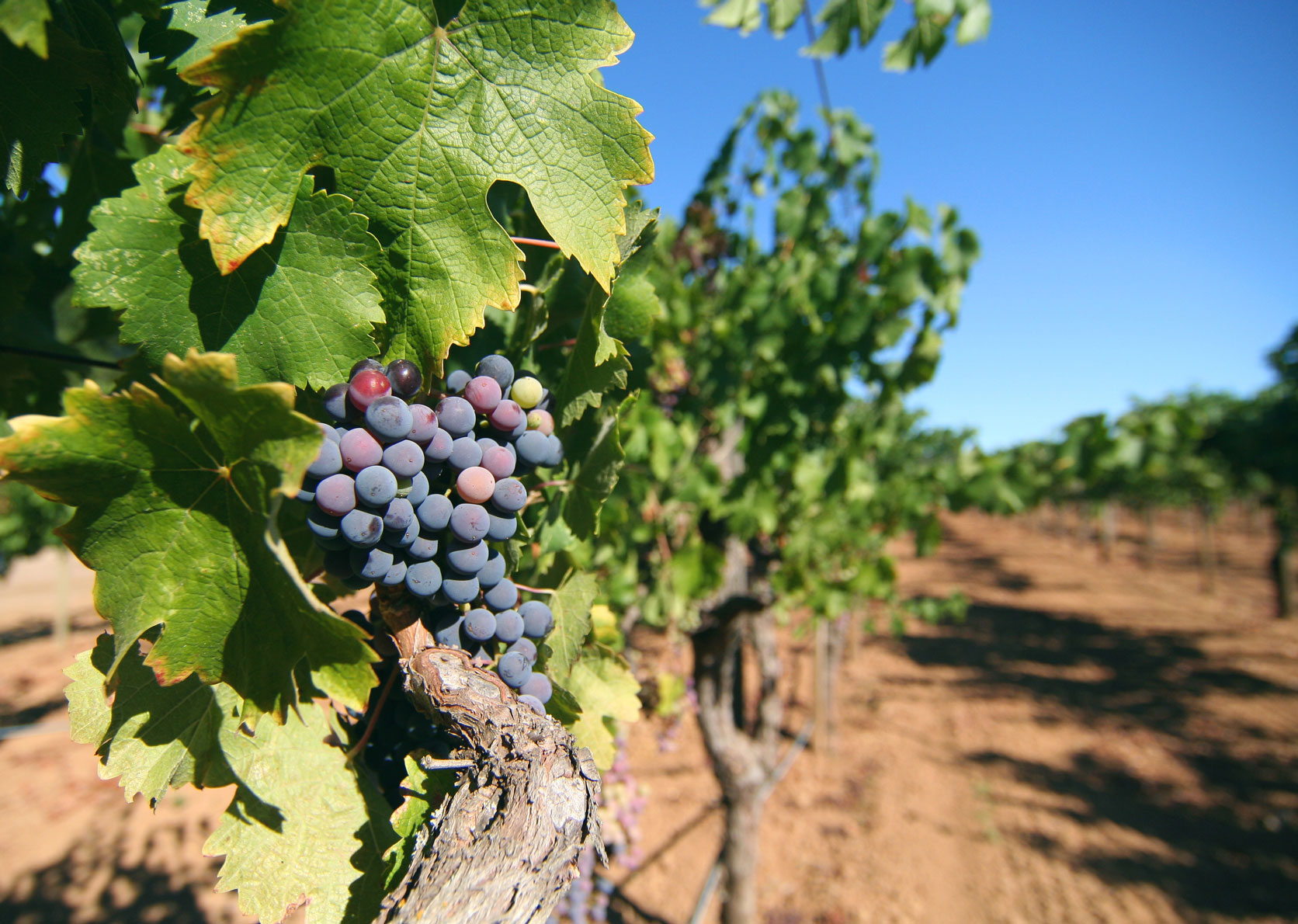
He pours us a taste of a 2008 Chateau Montelena chardonnay, still golden and buttery, tasting of apricots and vanilla. There’s a certain circle of wine people who love to dismiss Napa wines, chardonnay in particular, as over-oaked, over-extracted, and lacking in depth and complexity. It’s a tired argument and one that is completely annihilated by a wine like this: a classic Napa chardonnay in every sense. Refined, taut, and elegant.
I ask him how he feels the Judgement influenced Napa. “We look at the ’76 Paris tasting as something that did wonderful things, not only for us, but for the entire New World wine industry,” he says. “It used to be that we looked at the Old World for inspiration and the Judgement allowed us to say it’s okay to be Napa Valley. That happened all over the New World: New Zealand, Australia, Chile, Argentina. Suddenly places were embracing what they had. I think that’s what has led to the development of this incredibly diverse wine market.”
Just then Marcus Notaro, the winemaker at Stag’s Leap, stops by with a glass of his winery’s famous cabernet sauvignon.
“That smells delicious,” I tell him.
“Napa’s known for cabernet and chardonnay. They are sort of our calling card, but I always like to look a little deeper.”
“That’s the 1978 vintage,” he says, and I almost drop the glass. Knowing this one sip is probably all I’ll ever get of this rare wine, I take a minute to savour it. It smells like fresh soil and dried mushrooms. There’s chestnut in there and cherries and something as comforting as the aroma of old books. Of course, just because a wine is old doesn’t automatically make it great and, in truth, this cab’s age is starting to show. Some of the fruit is muted, but it’s still an honour to taste and take a trip through time to appreciate the wines that Napa Valley was making during its early ascendancy — that sparked that ascendancy, in fact.
After a couple of minutes alone with the glass, I’m back and thank Notaro. “You’re building on this incredible legacy,” I say to him. “How much of an opportunity do you have to put your own stamp on these wines, and how much of your job is maintaining the tradition?”
“These are very special vineyards,” he says. “My job is to make the ultimate expression of these vineyards, staying in the style they want to give us. Wines that have soft power. Sure, maybe I use different barrels and different yeasts, but we’re still trying to make the best wines we can in that style. They have a lot of richness and flavour but aren’t necessarily over the top. They’re wines that are about finesse, complexity.”
Over the course of the next couple of days we try to visit as many of the iconic wineries of the region as possible. We taste estate chardonnay and cab surrounded by vineyards and gardens in the beautiful Villa Miravalle at Spring Mountain, single vineyard bottlings at Clos du Val, and swirl golden chardonnay behind the 12-foot-thick stone walls of the chateau at Montelena.

At La Toque, the Michelin-starred restaurant in the Westin Verasa, the sommelier pours us their special Judgement of Paris wine flight that includes current vintages from all of the winners: Stag’s Leap Wine Cellars S.L.V. 2012, Ridge Vineyards Monte Bello 2012, and Heitz Cellar Martha’s Vineyard 2010.
Having tasted the most iconic wines in Napa, I could reasonably end my trip now. But I’ve got another goal for this trip, and that is to get a sense of where the area is going next. The misconception that Napa rose to prominence and is now stuck making monochromatic wines, all cabs and chardonnay, came about organically. Those varietals have developed an outsized influence over the years. While the region still makes some of the best examples of those wines anywhere in the world, it’s just as important to keep striving to drive forward.
To get a taste of where the next stage of Napa’s evolution is going, I pay a visit to the Napa General Store, a gallery, wine shop, and restaurant in downtown Napa, to meet up with the owner, Jim Brandt.
“Napa’s known for cabernet and chardonnay,” he says. “They are sort of our calling card, but I always like to look a little deeper.” Brandt focuses on small producers, growing unusual varieties, making less than 500 cases, the kind of vineyards that don’t have their own public tasting rooms. “We try to become that tasting room for them and tell the story behind them.”
It’s the sign of a healthy region that young, energetic winemakers are finding room to experiment, evolve, and grow.
To illustrate, he opens a chenin blanc from Lang and Reed, a husband and wife team originally from Kentucky (the winery’s named after their children) who made their reputation crafting fresh and peppery cabernet franc. “There are only 125 cases of this,” Brandt explains. Chenin blanc, a wine with the crispness of sauvignon blanc and the full body of pinot gris, was once Napa’s most widely planted white grape. Now there are only 14 acres of it left in the whole valley.
The collapse of chenin blanc points to one downside of the Judgement. So eager were winemakers to capitalize on the region’s new fame that many varietals were uprooted and replaced with chardonnay and cabernet sauvignon, like rock bands changing their sound to move more records: the oenological equivalent to selling out. It’s taken 40 years, but now Lang and Reed, and others like them, are seeking out and saving these other varietals. A return to the region’s roots, so to speak.
Next Brandt brings out a 2013 Chevalier Family grenache from Lightning Wines. “They’re focussing on Rhone varietals,” he explains. “Their passion is grenache, which is not very common at all here.” The wine has the ripe raspberry and plum flavours that the grape is known for, but with a pronounced spiciness that gives it a New World twist. I’m familiar with grenache as it’s expressed in France and Spain, but Napa’s terroir imparts a bright elegance. This isn’t a wine that will stand up to 40 years of aging like the great cabs, but, it would make an excellent wine to sip while making tonight’s dinner.
On my way out I pick up a bottle of pinot noir, a grape more commonly associated with Oregon and Burgundy than Napa, from Lobo Vineyards. The men behind it started out as growers, Brandt says, putting out less than 100 cases. But now, thanks to stellar reviews, Lobo has grown into a full-blown winery.
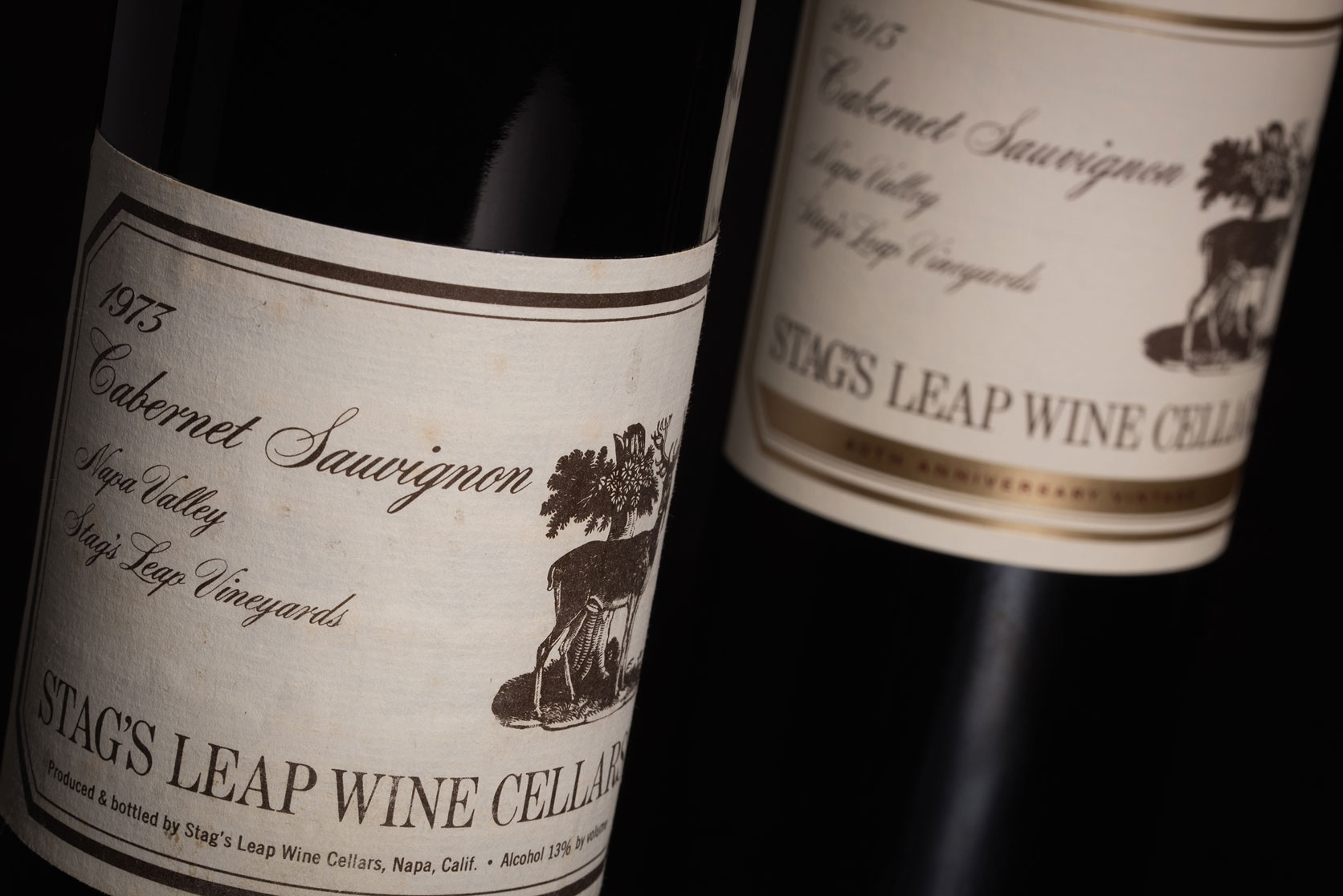
During dinner that night at the Harvest Table, I ask Michael Kowalski, the restaurant’s food and beverage director, if he has any rare or unexpected wines from the area. “You mean the hipster wines,” he says. There’s a whole generation of food-obsessed millennials who treat wine like indie bands and are always on the hunt for the new and obscure, and wineries are happy to oblige. There’s something overly precious about the image, but then I remember that before the Judgement of Paris, Napa itself was like a small club act, just ready to blow up.
Kowalski’s back just as the first courses appear: colourful, sweet roasted carrots tamed with buttermilk, textured with savoury granola, and seasoned with vadouvan curry and a half dozen raw oysters chilling beneath a tarragon-flavoured horseradish sorbet.
“You don’t see this every day in Napa,” he says, pulling the cork out of a 2014 Kapcsandy furmint and muscat blend. “These grapes are normally found in Hungary. Furmint’s a bit richer but when done dry like this has a really nice, clean minerality. And muscat is fabulous: light, aromatic, and deeply floral.” The wine is spectacular, bright with a mandarin juiciness that seems made for the carrots and a lushness that brings out the best in the oysters.
Buoyed by my success with the pairing at Harvest Table, I start to ask all of the sommeliers I encounter in Napa what they’ve got hiding in their cellars. At Auberge du Soleil, sitting at a table by the window as the sun sets over the vineyards, I’m presented with a glass of De Sante sauvignon blanc made from 55-year-old vines that’s as rich and complex as any I’ve ever tasted. At La Toque, paired with an elegant dish of seared scallops in ham broth, I taste Ribolla Gialla for the first time, an ancient Italian varietal I’ve never even heard of. The winery Matthiasson grows seven rows of this obscure wine that tastes like candied hazelnuts and slate.
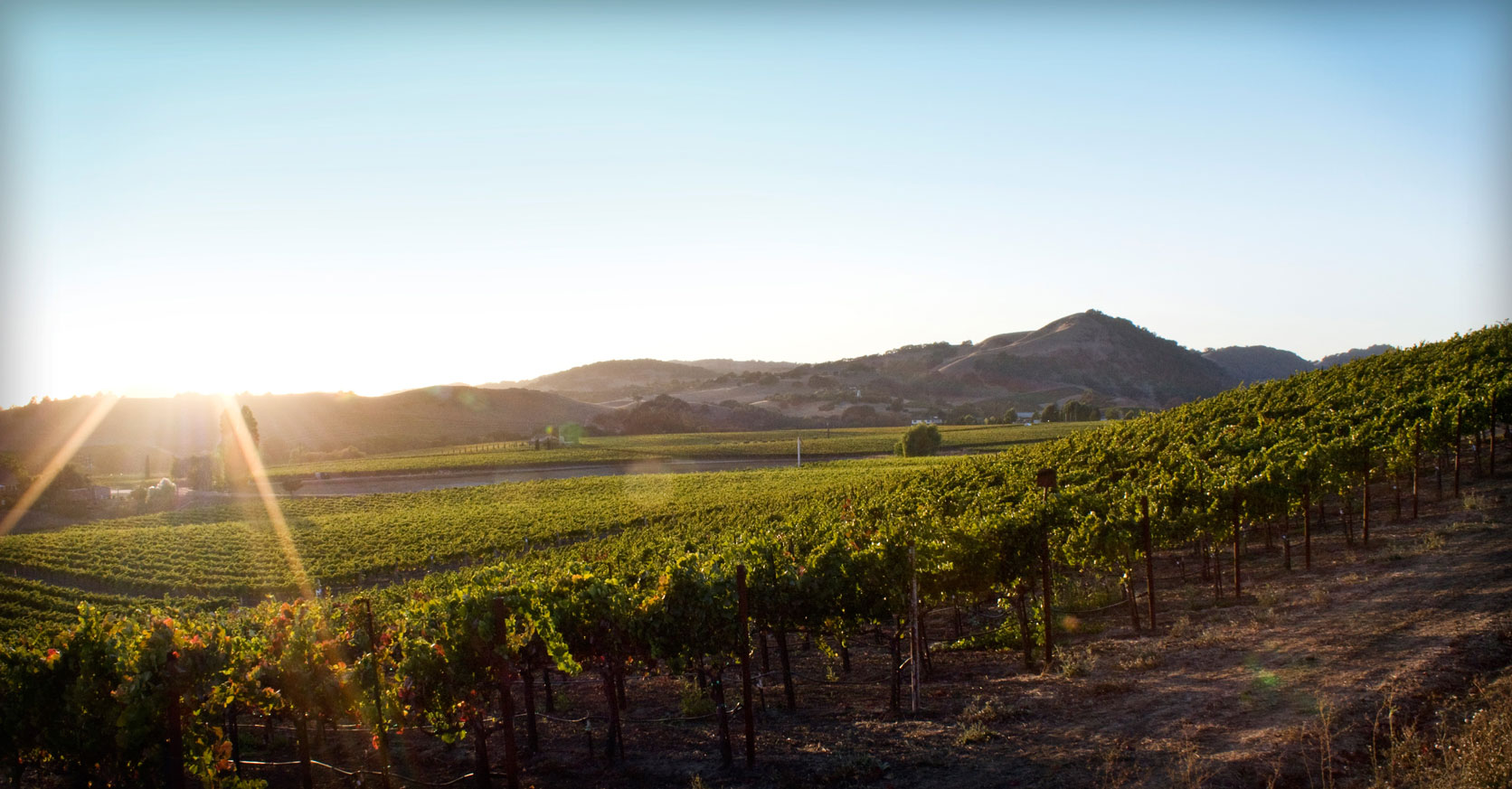
One of my last stops in Napa is at the Enoteca Wine Shop in Calistoga to meet owner and winemaker Margaux Singleton. Singleton is a classicist, making tiny amounts — five barrels — of cabernet sauvignon each year, under the MX Wines label, but she’s still renowned in the valley for carrying little known wines, not only from Napa but from around the world. I spot a tempranillo rosé, Spain’s famous red grape, from local winery Parador, and a mondeuse, syrah’s unhinged brother, from Lagier Meredith, and rare charbono, aka Deuce Noir, and verdejo from right here in Calistoga.
It seems clear, by highlighting these unknown wines, that Singleton is working to change the perception of Napa. It’s actually something she’s been doing for 20 years. “This store has always been about small artisanal producers making great wines and pushing the edge of the envelope,” she says. “I’m interested in people who make wines who are true to the varietal and the terroir and that have a real sense of place and personality, and Napa has that in abundance.”
This is an exciting time for winemakers in Napa. The celebrated veterans continue to carry the mantle, while newcomers are finding crafty ways to bring forgotten and under appreciated varietals to a new audience, all while somehow remaining utterly and deliciously authentic. It took the Europeans centuries of trial and error to establish their vineyards, deciding what grew best where. Napa’s chardonnay and cabernet vines aren’t going anywhere soon, but it’s the sign of a healthy region that upstart varietals and young, energetic winemakers are finding room to experiment, evolve, and grow.
